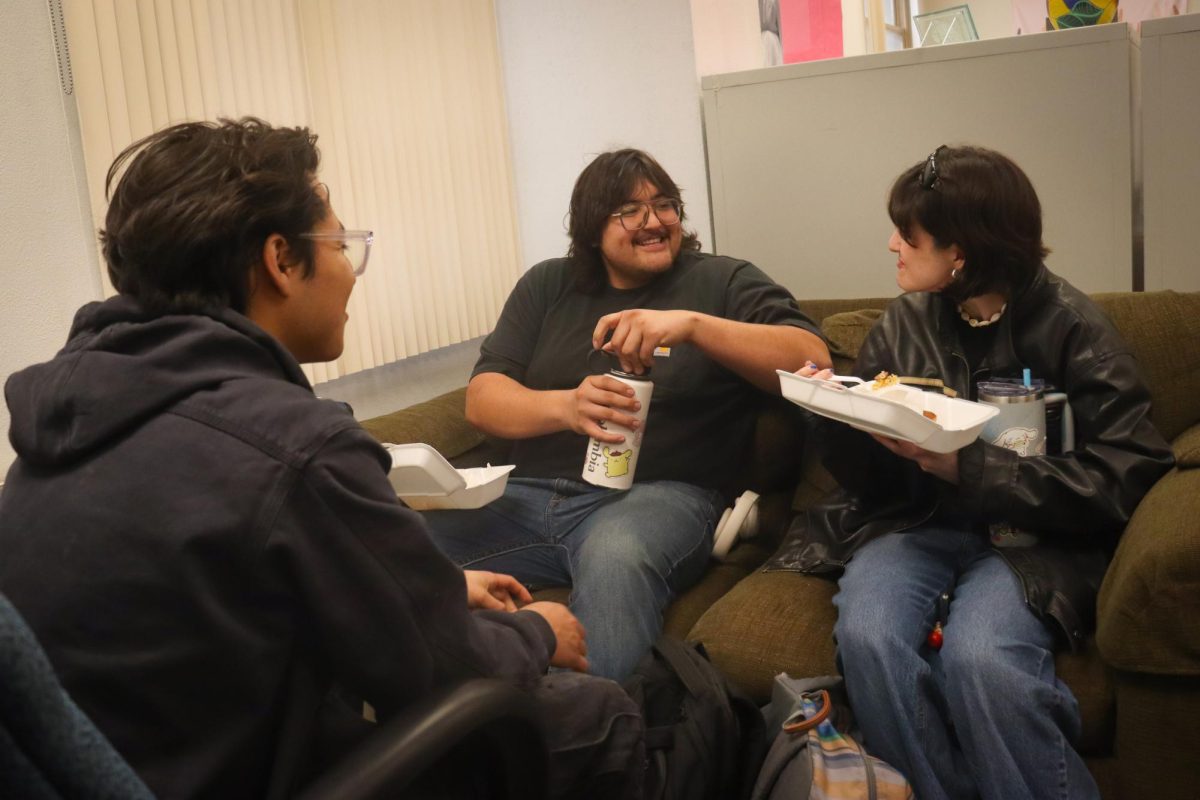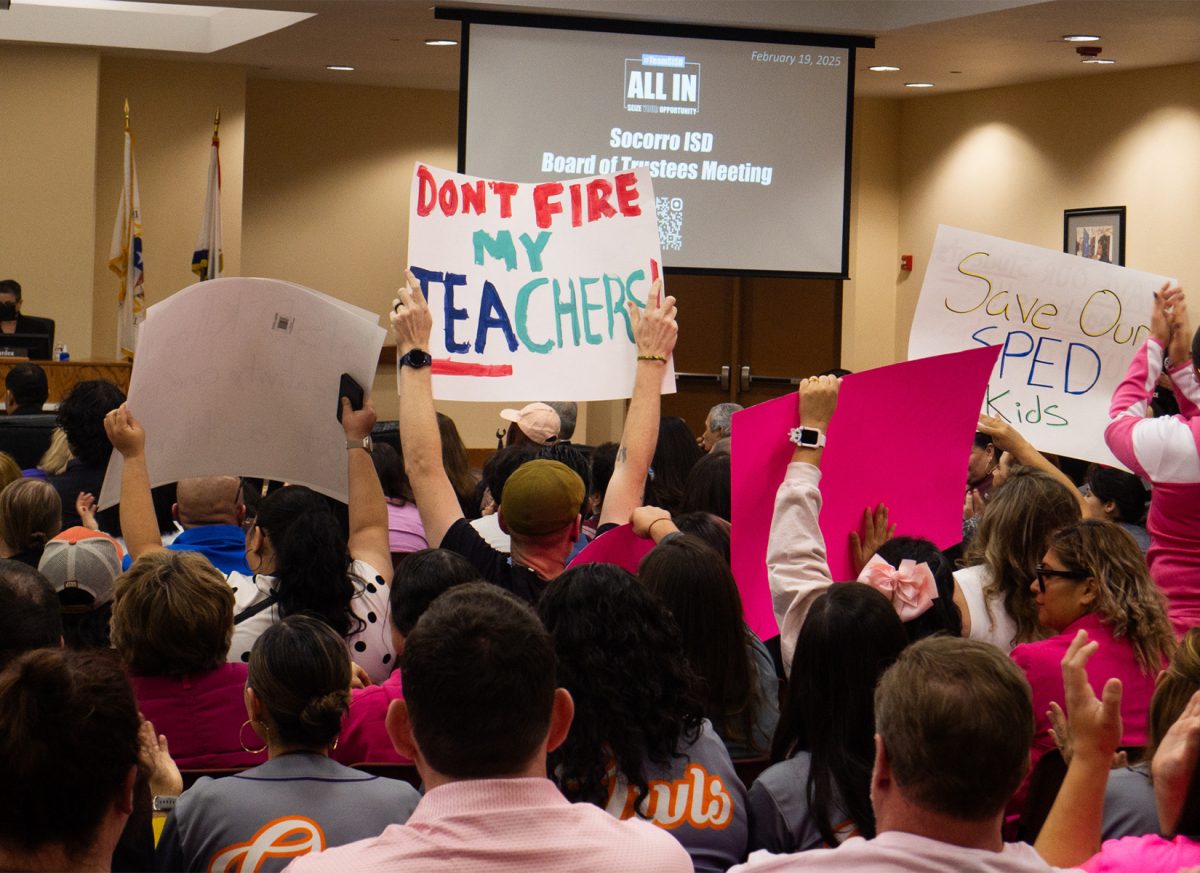Your left foot leaves the ground, the right one pushes off as the ball flies into the box. Next thing you know you are on your back, with no clue as to what happened in the previous five to 10 seconds. Dizziness, nausea and headaches follow for days, weeks, months, sometimes even years. The more we learn about concussions, the more we understand the severity and the seriousness with which they must be addressed.
Concussions have prompted the early retirement and the forfeiture of millions of dollars over long-term careers in athletes such as Chris Borland and Adrian Coxson.
UTEP’s Concussion Management Clinic and its athletic training staff work together and on different fronts to keep dealing with and learning about this injury.
“The cases that we see in professional sports, like football, obviously get lots of headlines,” said Dr. Anthony Salvatore, director of the Concussion Management Clinic. “But we also know that athletes in their teens even and early 20s, who have a history of repeated, sub-threshold, if you will, concussions have a greater likelihood of having long-term consequences.”
Salvatore began working at the management clinic more than 10 years ago, with the idea of not only learning more about concussions, but also to provide UTEP students with the opportunity to experience this kind of research first hand. He approached UTEP Athletics and its head trainer Dawn Hearn and they have been working together ever since.
The biggest threat related to concussions, according to Salvatore, is the fact that everything surrounding them is anything but an exact science. How they occur, the extent of the damage they cause and how to treat them are all questions that still need to be answered in full.
“It should be a major concern, because we don’t know the answer to the question,” Salvatore said. “There are so many variables that might and probably do influence the long-term outcome (of a concussion).”
The interference with memory and learning, which can have an effect on academic and employment opportunities down the road are some of the many long-term issues that concern Salvatore.
Defined as a traumatic brain injury, the Center for Disease Control and Prevention estimated that 173,285 people under the age of 19 were treated in hospital emergency rooms for concussions related to sports or recreation activities between 2001 and 2009.
The statistics rise from year to year, but, according to Hearn, who is in her 27th year with UTEP Athletics including 20 years as the head trainer, concussions have always been present in sports.
“Everybody says there are more concussions now,” Hearn said. “I don’t think there are more concussions now, they’re just being better reported.”
Hearn has plenty experience with concussions. Just a couple of weeks ago, UTEP football’s starting quarterback Mack Leftwitch was forced out of a game at New Mexico State University as a result of a tremendous hit to the head. Leftwich, like all other Miner athletes who suffer a concussion, was put through the program’s concussion protocol and continues to recover.
The process with which UTEP Athletics handles concussions includes paper and computer testing, as well as supervision from doctors involved with the program.
Athletes in contact sports are issued a test called the Standardized Assessment of Concussion at the beginning of the year. The test is re-administered immediately after a concussion is suspected and the answers are compared to those from the original base test. A concussed athlete will score significantly lower compared to his original test.
Once a concussion is diagnosed, the student-athlete will not be allowed to participate in his athletic or academic activities until he or she has recovered. The computer testing is administered by Salvatore and the clinic.
Initially, the main prescription is rest. Doctors want athletes to do as close to nothing as possible following a concussion, telling them to watch paint dry or the grass grow. No television, no computer, no homework, no studying, pretty much nothing.
As Hearn explains, a concussion is an injury like any other. The way a sprained ankle is healed by not using the ankle, a brain injury is treated by putting the least amount of stress on it.
“Typically it’s not just a one-day thing–they’re going to be out until they’re symptom free,” Hearn said. “The doctors will tell us when it’s time for them to start the return-to-play protocol and that’s not a one-day thing either. Usually that’s a four to five day minimum.”
The return-to-play protocol, as Hearn refers to it, is the way UTEP Athletics eases its athletes back into activity after suffering a concussion. Once cleared by the doctor, the athlete will start physical activity, but at a very slow rate. Light jogging and not much more will be done on the first day. It gradually improves to sprinting, then individual, team-specific activities—like dribbling, kicking, catching.
The athlete goes on to limited practice and then finally full contact. If at any point during this process the athlete experiences concussion symptoms, not only does the activity for the day end, they are reevaluated to the point of considering starting the return-to-play protocol all over again.
Taking care of an athlete can be difficult, because of their competitiveness and eagerness to get on the field, not to mention the coaches wanting them out there as well. But, awareness has risen and both player and coaches are more understanding of the process.
“I just think they’re better educated now, they’re a little bit smarter,” Hearn said. “You want your athletes to be competitive, but you know, that’s why we’re here, to be smart for them.”
Hearn recalls disqualifying athletes from playing at all because of repeated concussions, and others who after just one had to stop permanently because of symptoms lingering even five years after the injury.
The dangers of not giving a concussion the proper importance and treatment can be lethal in the most extreme cases. With scientists still unable to truly study the brain until after somebody is deceased, the research continues to be limited. But as it increases and continues, understanding the severity of a concussion is key to athletes, parents, coaches, trainers and doctors everywhere.
“Health professional ought to be very, very conservative in returning athletes to the class or to the playing field regardless of the wishes of the athlete or the coaches or the institution,” Salvatore said. “Whatever it might be, it should be a very conservative approach.”
Luis Gonzalez may be reached at [email protected].





